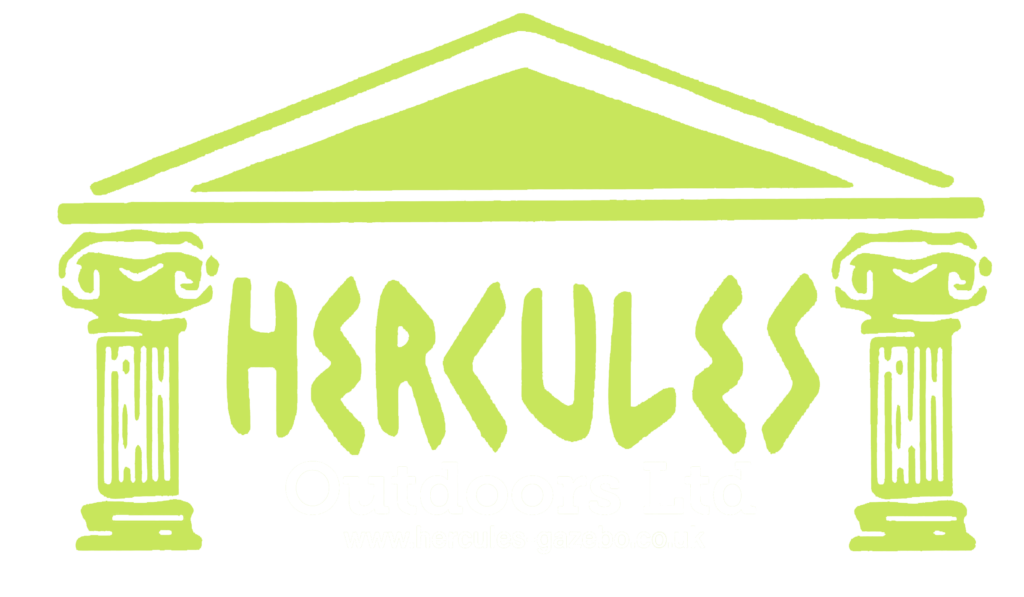Bonding with your kids over a campfire, roasting hotdogs and making s’mores with the stars twinkling above can be a wonderful experience. But, if not well-prepared, it can be a stressful situation. Planning is essential to a successful family camping trip so that the whole family can have a good time.
PLANNING
Like all things involving children, camping with kids requires some well-thought-out planning to cover your bases. Here are our recommendations.
PRACTICE AT HOME AS A TRIAL RUN
Your first camping trip doesn’t have to be at a campsite—it can be in your own backyard! When you have decided that you want to have some family camping fun, do a trial run in your backyard or apartment. This is a smart way to gauge what some essentials and must-haves will be on your trip. Items like flashlight batteries, bug spray, sunscreen, sleeping bags, etc. A trial run will help you see how your kids will sleep in a tent, then you can make adjustments from there.
PICK THE BEST CAMPGROUND AND CAMPSITE
No matter where you live, there are likely campgrounds or campsites in your state. Deciding the type of campsite you want to stay at will depend on a few factors. When you’re camping with kids, it should be all about the entertainment.
Private campgrounds tend to have the most activities for families to do together. Activities like volleyball, pools, beaches, BBQ grills, amphitheaters, and more can be found at many private campgrounds. Looking for something a tad more remote? Try a state park that has designated campsites. You can reserve sites that are close to bathrooms, showers, and other amenities. For a first-time family camping adventure, you’ll probably want to stay pretty close to the bathrooms
CHOOSE THE BEST FAMILY CAMPING TENT
Choosing the right family camping tent will make or break your trip. Camping with small children and toddlers requires a good night’s rest so that everyone can wake up refreshed and ready for the day’s activities. There’s a variety of family camping tents out there—for both car camping and backpacking—with some holding up to 12 people. We recommend something that has easy in/out access, will keep you dry in case a rainstorm pops up, and lots of storage space for toys, books, and tablets.
PLAN ACTIVITIES
You’ve probably already been thinking about planning activities depending on what campsite you decide to stay at. Want to go fishing? Stay someplace close to a river or lake (and make sure you have your fishing permits or licenses). How about a nice, easy trail hike? Look for campsites that have loop trails that aren’t too strenuous, with plenty of trail markers along the way.

PACKING
No parent wants to go camping and hear, “Mom, where’s my socks?” So, staying organized, bringing the correct clothing, and making a packing list will be your best friend here.
MAKE A PACKING LIST
A packing list is a must for family camping! Don’t just wing it—take some time to seriously plan what you’ll need. Camping with kids is a completely different ballpark than with adults. Extra changes of clothes, socks, shoes, batteries, books, and more should be on your list. Do you have toddlers coming along? Extra underwear or diapers are a necessity when they are sleeping in a new environment. Of course, the normal sunscreen, bug spray, food, and first aid kits are non-negotiables. Check out our camping checklist to help guide you.
BRING THE RIGHT CLOTHING AND FOOTWEAR
Depending on the season, you’ll want to plan for optimal clothing and footwear. A good tip also is to have your kids break in their new hiking shoes so they don’t develop blisters. Warmer weather will have you backing more breathable, easy clothing. And spring or fall camping will ensure you need to bring some extra layers.
STAY ORGANIZED
The most important advice we can give when family camping is staying organized! Make your packing list and don’t divert from it. Items like packing cubes, zipper-lock bags, and other storage solutions can keep your items organized. If you are car camping, then pack the car accordingly, making it easy to access your most commonly used items.

SAFETY FIRST AND ALWAYS
There’s nothing more important than staying safe when you’re camping with the fam. From first aid kits to limiting where they are allowed to roam, take care of your family first.
BRING A FIRST AID KIT
First aid kits are easy enough to put together, but you can also buy first aid kits online easily. Your first aid kit should include:
- Bandages and gauze
- Neosporin
- Safety pins
- Tweezers
- Glove
- Alcohol pads
- Emergency blank
- Hydrocortisone
For a full list of first aid kids must-haves, check out the Red Cross’s supply recommendations.
BRING PRESCRIPTIONS AND MEDICATION
Don’t forget the meds! Take all of your prescription medications, including inhalers and daily medications. Over-the-counter meds like ibuprofen, acetaminophen, and antihistamines should also be on your list.
SETTING UP CAMP
Choose a safe spot to set up camp. Depending on where your campsite is, you’ll have a number of considerations to keep in mind. Make sure that your food is secured safely away from animals, stay on top of fire danger levels, and make it clear to the kiddos where they can and can’t go. Create specific boundaries for them so that they are always within eyesight.
INVOLVE THE KIDS AND MAKE IT FUN, NOT A CHORE
Family camping should have the kids get involved with camp setup. Not only is it a bonding experience, but a learning experience as well. As you set up camp, talk to them about your reasonings for choosing the site and what they can expect as you start setting up.
Setting up camp doesn’t have to be a chore when you’re family camping. This is a great bonding opportunity. Tell your kids stories about when you went camping when you were young, point out different trees or animals, and let them set up their own area in the tent. Involving them in the little things are what make the biggest memories.

FOOD AND COOKING
Cringing at the thought of an open fire, cooking dinner, and having wild kids running around? Here’s how to limit the stress and make camp cooking fun.
BRING COOKING STOVE AND COOKWARE
Cooking on a camping stove is safer and more efficient. Also, many sites may not allow fires due to wildfire risk. A camp stove can do it all. From roasting marshmallows to making chili to boiling milk for hot chocolates, it’s a safe and easy way to keep those hungry kids fed.
BRING HEALTHY FOODS
Prepackaged goods like cookies, chips, and sugary granola bars are some easy handheld foods, but they won’t provide much energy when you’re hiking, biking, fishing, and doing all the other activities you have planned. Bring healthy snacks like trail mix, veggies, and granola to stay energized. Plan out some healthy meals that you can cook on your camp stove. Chicken tacos, steak and egg hash, and pizza flatbreads can be made to order based on your kids’ preferences and easily cooked on your camp stove. Read Eureka!’s ultimate camping recipes.
MAKE FUN CAMPING SNACKS
Camping is not just about eating healthy! Family camping is less activity-heavy than traditional backpacking, so be sure to allow for some fun camping snacks. S’mores are always a hit, the ingredients are easy to tote along, and having fun roasting marshmallows over the fire will be a special treat. These small moments are what kids will remember when they look back on their trips.

ACTIVITIES AND EXPLORATION
Active kids are happy kids! It’s easy to keep them busy when family camping if you put together some ideas beforehand.
BRING ITEMS FOR ACTIVITIES
You don’t have to put too much effort into activities. Simple items like butterfly nets can keep kids busy for hours. Brave kids who aren’t afraid of getting messy could also capture a variety of bugs, set up habitats for them, and then draw them in their own camping diary or notebook.
BRING TOYS AND GAMES
Yes, camping with kids is a good way to get them away from some of their everyday comforts, but toys and games are still necessary. Comfort toys like stuffed animals will help them sleep at night, while board games or lawn games can be a perfect way to wind down after dinner.
USE NATURE
Nature is the ultimate playground! You can play freeze tag, create a scavenger hunt, or even just ask your kids to find as many different bugs, plants, or birds in a certain amount of time. Winner gets an extra s’more after dinner! Just remember the Leave No Trace principles!
LOOK FOR TEACHABLE MOMENTS
It’s definitely a balancing act keeping camping fun but also educational. Look for as many teachable moments as possible. These moments can be as small as identifying trees to teaching them what berries are safe to eat.


